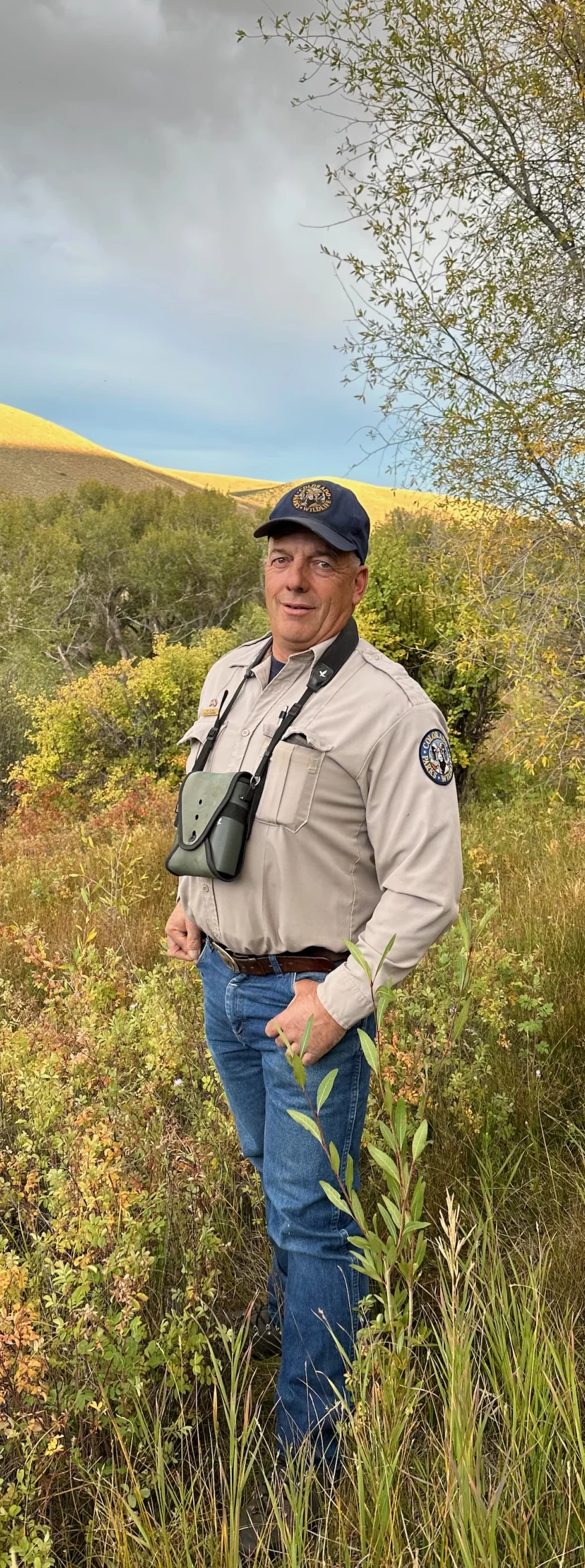I’m so old I remember the first time I posted about the beaver problems in Milford. And the last. Funny how they don’t seem to be getting any smarter or more accurate.
Milford’s Complicated Beaver Dam Removal Plan Moves Ahead
MILFORD, MA — A group of large and industrious semiaquatic rodents have touched off a complicated legal and environmental project in Milford.
A group of beavers recently constructed a large dam across a culvert that passes under Alder Street in Medway just west of I-495. The dam caused Stall Brook to overflow, flooding Maple Street in Milford, which is about a 1/2-mile from the dam as the crow flies.
Milford Town Engineer Elizabeth Mainini went to the Select Board Monday seeking permission to approach the Medway Conservation Commission about removing the dam. Medway is requiring Milford to take responsibility for any damage to either Alder Street or the culvert while performing the work. Milford previously received an emergency beaver/muskrat removal permit from its neighbor to the east.
Yes those darn beavers making homes for themselves in your culverts. Boy I bet if you installed protection for your culverts in 2011 when I first reported about this you’d be fine and safe now. Too bad.
Although small — typically about 3 feet long, and can weight up to 65 pounds — compared to the size of municipal government, beavers routinely cause headaches in communities across the state. In 2021, a beaver dam broke near Warren, flooding the entire downtown.
Yes beavers are smaller than city planners. Good point. They are also distinguished from engineers by their work ethic.
They have one.
Massachusetts has strict beaver laws (yes, that’s what they’re called) that spell out how and when beavers can be captured, and where they can be moved to. Local boards of health are the only entities authorized to issue emergency removal permits outside the annual trapping season between November and April
Trapping and removal is often the best solution for a beaver problem, according to state wildlife experts. Destroying a dam can trigger beavers to simply rebuild, and they can do it in a few hours.
Um. You do understand that when they say REMOVAL they mean killing right? Beaver relocation is illegal in Massachusetts.
Those beavers were “removed” in exactly the same way as Cricket went to live on a farm
According to Mainini, the town has already captured and removed the beavers, leaving their empty dam in place. The structure, which is about as high as the roadway, can still cause flooding in its vacant state, she said.
She sounds so knowledgeable doesn’t the? Even without beavers living IN the dam it can still cause flooding. I bet your concerns are as valid as your information about where beavers live. No wonder you got permission to kill some already.
The town will also have to hire an environmental consultant to oversee the dam deconstruction. If removed too fast, pooled water behind the dam could cause more flooding, Mainini said.
“If you remove too much too quickly, that can absolutely cause a great deal of damage,” she told the select board.
Here’s the thing. Are we really talking about a culvert here? I have never read about blockage removal in a culvert causing a washout. But I suppose in theory its possible. I think you are just making things up and the reporter is copying them down because why confuse the issue with ACTUAL INFORMATION.










































